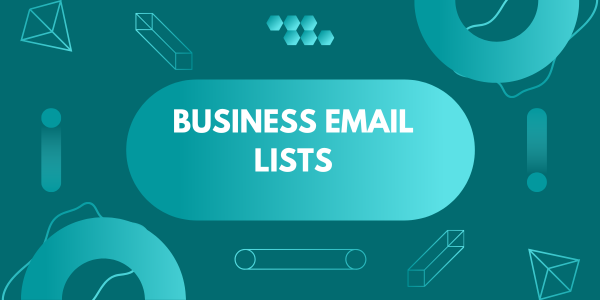|
|
The concept of customer satisfaction deals with how well one's products or services meet the needs and expectations of their customers. Equipped with the appropriate methodologies, one would envision practical insights which Business Email Lists will help in the improvement of customer experience, foster loyalty, and ensure growth. A look at some of the effective ways of measuring customer satisfaction follows.
1. Customer Satisfaction Score (CSAT)
Probably the easiest of all methods, CSAT is merely a simple survey that asks a customer about their satisfaction regarding a product or service. The responses usually range on a scale from 1 to 5 or 1 to 10. A typical question featured in CSAT surveys would be, "How would you rate your experience?" The overall satisfaction score is then averaged out after surveying.
The benefits of CSAT are as follows:
Quick, easy-to-understand results. High response rates due to the brevity of the survey. Flexibility in that it can be applied to many areas of customer experience-from product satisfaction all the way through to customer service. 2. Net Promoter Score (NPS)
NPS is a measure of the loyalty of your customers, based on their likelihood of recommending your product or service to others. Typically, customers respond on a scale from 0 to 10, with higher scores reflecting a greater likelihood of recommendation. In general, responses are divided into three categories:

Promoters: 9-10. Customers who are loyal and will likely promote your brand.
Passives: 7-8. Those customers satisfied but unenthusiastic.
Detractors (0-6): Those are the customers who aren't satisfied with your brand and would probably discourage people from using it.
To find the NPS, subtract the percentage of detractors from that of promoters. NPS provides necessary information for indications of customer loyalty and brand perception, both important in long-term growth.
3. Customer Effort Score (CES)
In simple terms, CES measures the amount of effort required by a customer to get in touch with your business or to solve an issue. It is quite handy in analyzing your processes of customer service and support. A typical CES survey might ask, "How easy was it to resolve your issue today?" Responses range from "Very Easy" to "Very Difficult."
Only a handful of customer effort studies were conducted, but all concluded that the less the customer effort, the more satisfied and loyal. Due to this, companies are able to track CES, which helps in understanding what areas need to be simplified and made easier and more enjoyable for the customers.
4. Customer Retention Rate
Customer Retention Rate: This is the number of customers a business can retain for any given time. Usually, a business with a high retention rate normally has satisfied customers since only a few change to competitors. To arrive at the retention rate:
Find the number of existing customers at the start and end of any one period.
Subtract the new customers acquired in the same period from the ending customer count.
Divide by the original number of customers and multiply by 100.
Above all, this will help subscription-based businesses or services in which long-term customer relationships are so important.
|
|